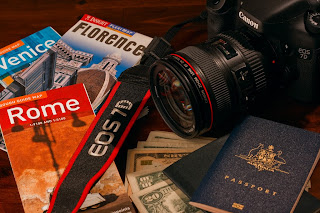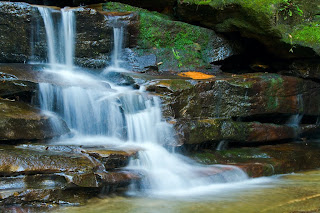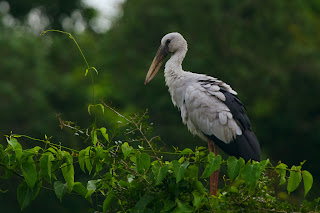Travel Essentials
After what seems like ages, we are finally heading off on holiday. We leave for Europe in a couple of days and needless to say we are really looking forward to it. Apart from a new circular polariser and an extra 8GB memory card, I've not bought any new equipment for the trip. I've got an extensive shot list and if I manage to get half the shots I'm after, I'll be happy.
Unfortunately while I'm away I will not be able to update the blog. I will get back to it as soon as I return. Last time I was away I got back with around 70GB of images. I have a feeling I'll exceed that this time and as a result have a whole heap more to share here.
Read on for lighting information for the shot above.
The lighting for the shot was actually pretty straight forward. I fired a Canon 430 EX, gelled with a full CTO, from just behind the camera at 1/8th. It was fired into a white foam core board placed just out of frame on the left hand side of the image. The entire shot was lit with light bounced off the foam core board.
If I was to take this shot again, I would use a reflector (probably a piece of white A4 paper!) to light the area below the lens. I think that part of the image is a bit too dark. I'd have to place the piece of paper just out of the frame on the bottom right hand corner of the frame. The area would still be relatively dark but more detail will be visible.




















